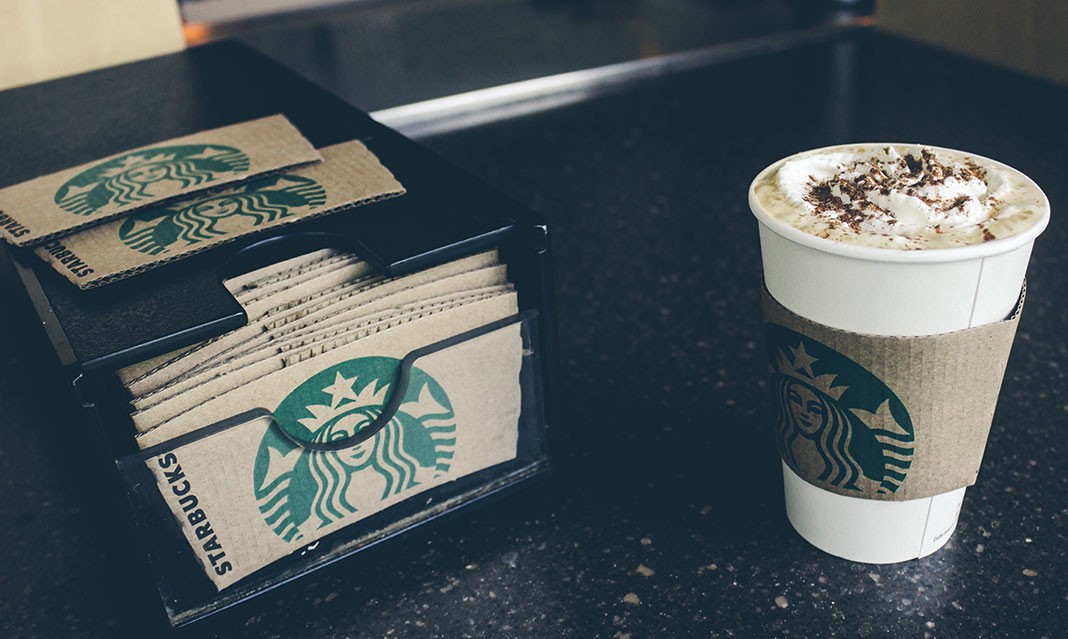As I walk outside in a light jacket, a cool breeze rushes by and vibrant leaves fall to the ground from the trees around campus. I attempt to contain my excitement but let out a squeal of delight. Fall is coming and that can only mean one thing—Pumpkin Spice Lattes are back.
Peter Dukes, Starbucks’ director of espresso and brewed coffee, once said, “When you taste Pumpkin Spice Latte, it tastes just like fall.”
How a drink can be described as tasting like a season is beyond comprehension, but hundreds line up to enjoy this famed beverage every year.
Starbucks first introduced the drink back in 2003 and it quickly became popular due to its resemblance to pumpkin pie. Since then, over 200 million cups have been sold over the past 10 years, and the drink even has its own Twitter, Instagram, and Tumblr accounts.
The drink’s popularity amongst UTM students is evident. Kimberly Johnson, a fifth-year English student and Starbucks barista, says that in a single shift “every fourth drink will be pumpkin spice”. She says the popularity of the beverage is due to “the way that Starbucks markets the drink“.
“It exists in the public’s imagination as a kind of tradition come autumn. You think autumn; you think back to school, Thanksgiving, Halloween; and you think Pumpkin Spice Latte,” she says.
The latte, a blend of condensed milk, espresso, vanilla, cinnamon, ginger, and nutmeg, has become a fall staple for coffee drinkers all around the world as well as at UTM. Until this year, the drink contained large quantities of artificial flavours, ambiguous natural flavours, sugar, class IV caramel colouring, and salt. Apart from the obvious lack of nutrition, it’s also important to point out that it contained absolutely no pumpkin whatsoever.
Feeling like your entire life is a lie? Join the club—thousands of Starbucks customers were appalled by this realization.
In response, Starbucks announced that this fall the latte would actually contain—drumroll please—pumpkin! In addition to removing the caramel colouring, Starbucks has added pumpkin puree to the list of ingredients that make up the flavoured sauce in the drink.
Elliot Tang, a first-year computer science student, says while the latte has “a good roasted flavour”, he couldn’t taste any pumpkin. However, he feels he is more likely to order the latte knowing that it actually contains pumpkin now.
Students on campus tend to have different opinions about the Pumpkin Spice Latte.
“It is very tasty, but I would only have one every two weeks because it is not very healthy, and a bit too sweet for my taste,” says Amanda Ramanah, a fourth-year economics student.
On the other hand, Gabrielle Silveira, a second-year digital enterprise management student, doesn’t understand the hype.
“I think it is so overrated—I don’t think it is that great, actually,” she says. When told about the lack of real pumpkin as an ingredient, both Silveira and Ramanah agreed that it wasn’t all that surprising.
It is still unclear whether the change in ingredients will cause any change in flavour, but the latte has already triggered drastic changes in the pumpkin world. Many other stores offer variations of the drink because the flavour has been in such high demand, like the marketing for #PumpkinAtDunkin at Dunkin’ Donuts and Pumpkin Pie Iced Capps that are offered at select Tim Hortons locations. At Panera, customers can also find a natural and “clean” pumpkin-flavoured latte that contains real pumpkin and no artificial preservatives.
Whether disgruntled customers opt for competitors’ natural versions of the Pumpkin Spice Latte this fall, or the addition of real pumpkin to the Starbucks drink will continue to draw in the crowds at Starbucks UTM remains to be seen.



